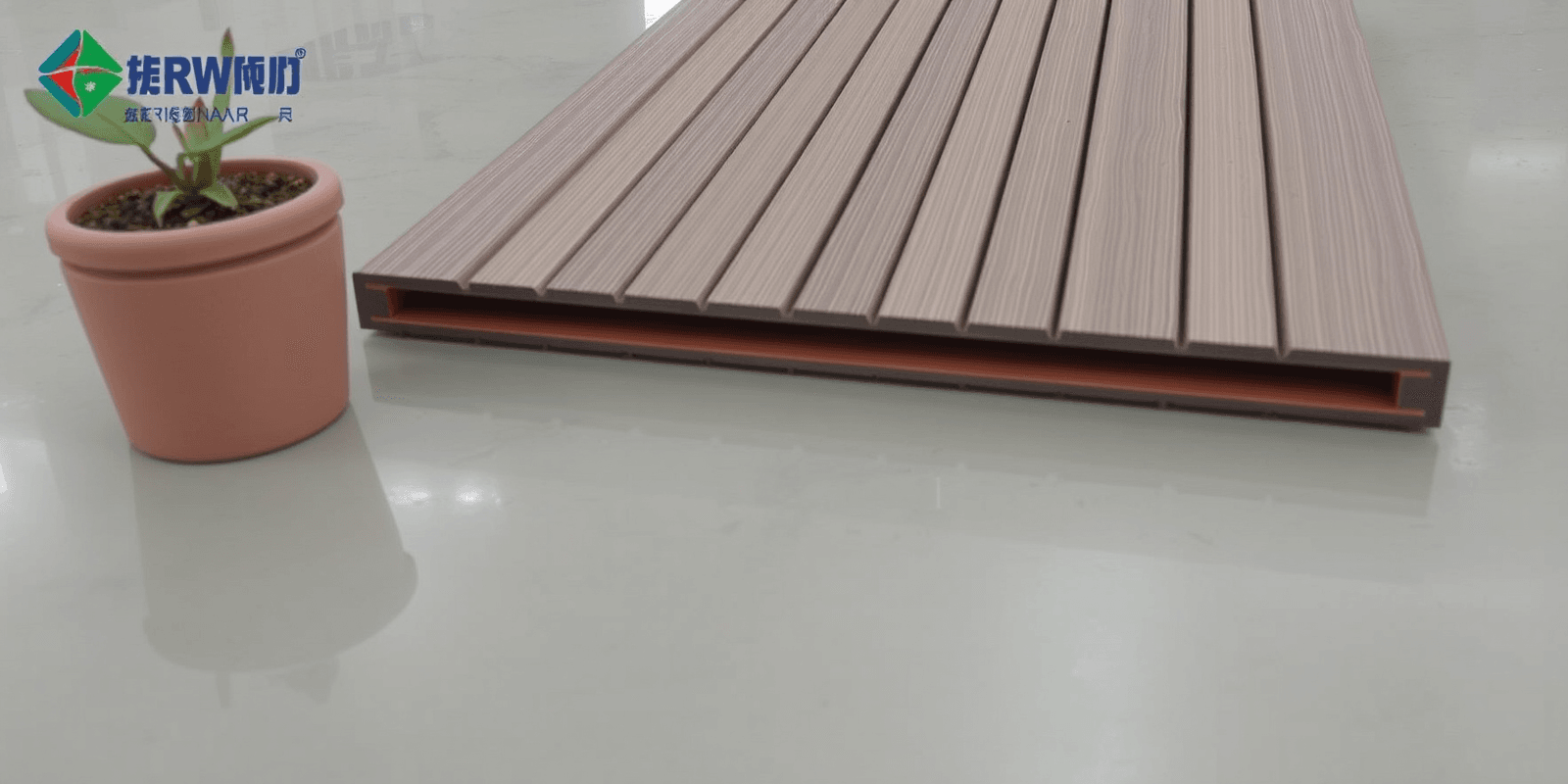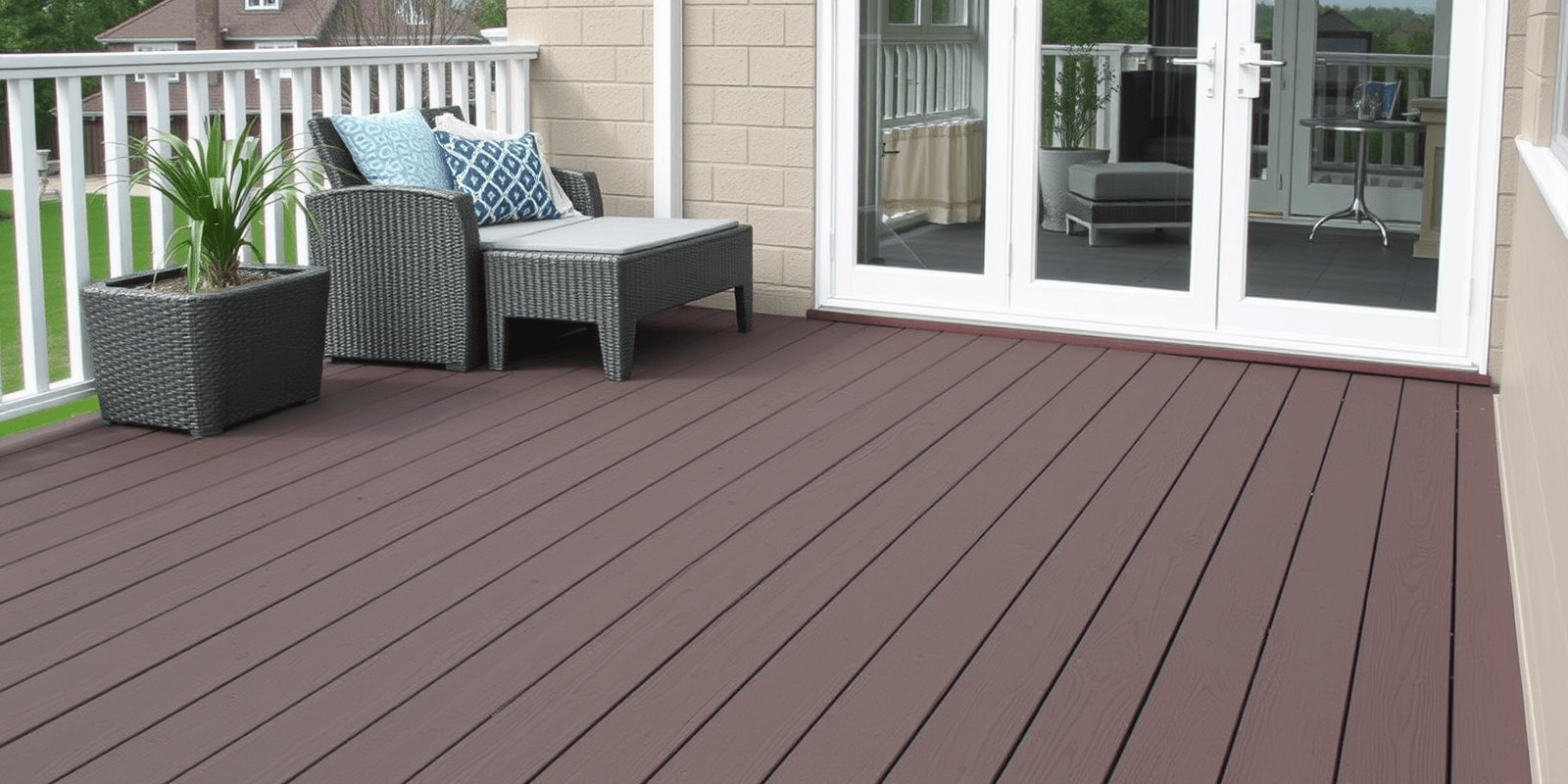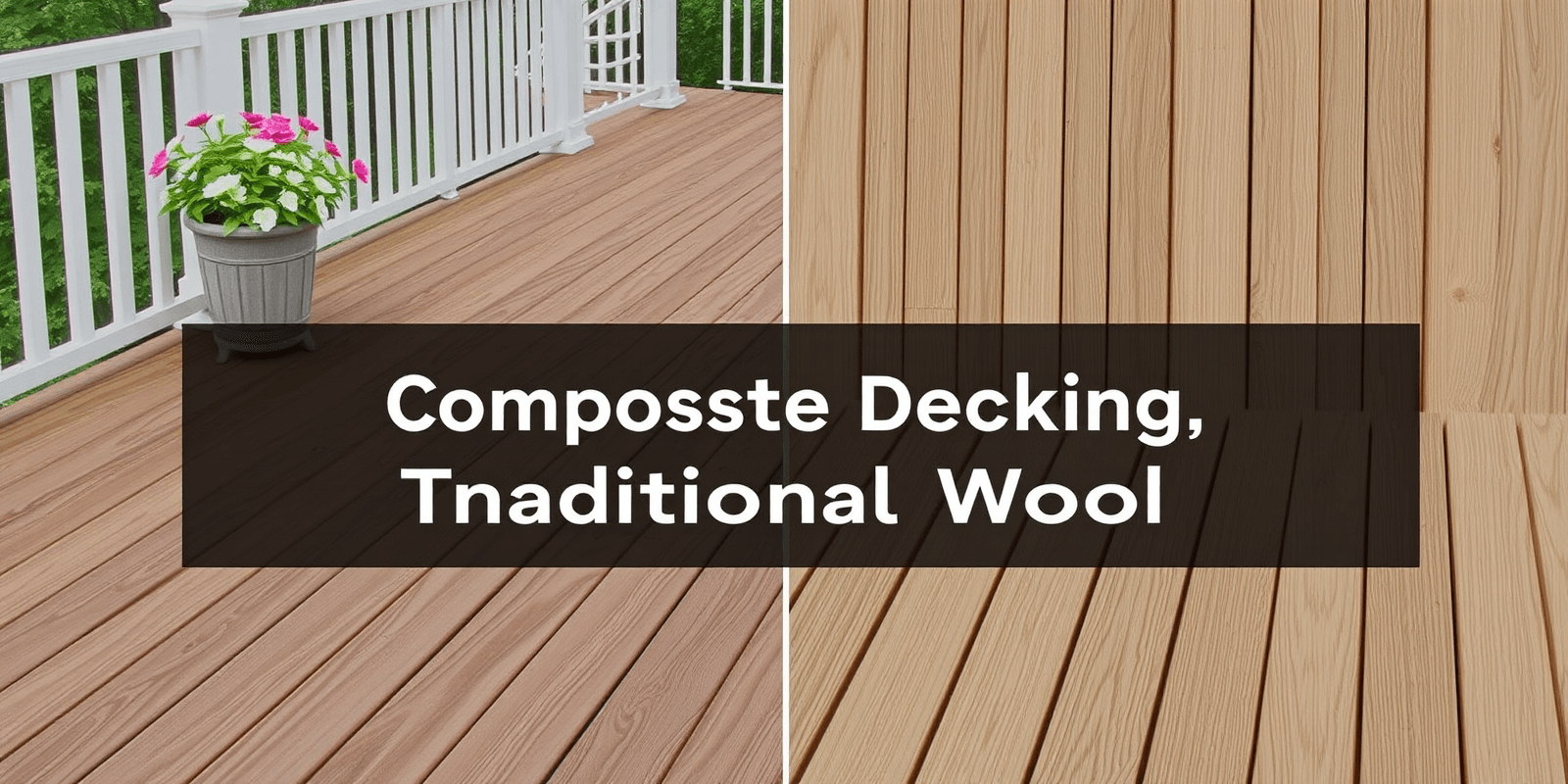Wood Plastic Composite Decking Factories: Innovations in Manufacturing
In recent years, the demand for sustainable building materials has surged, leading to significant advancements in the manufacturing of Wood Plastic Composite (WPC) decking. This article explores the latest technological innovations in WPC manufacturing processes within factories, focusing on automation, sustainable sourcing of raw materials, and energy-efficient production methods. We will also highlight real-world examples of successful WPC deck installations and their environmental benefits.
Automation in WPC Manufacturing
One of the most notable advancements in WPC manufacturing is the increased use of automation. Automated systems not only improve production efficiency but also ensure consistency in product quality. For instance, TREX, a leading WPC manufacturer, has implemented advanced robotic arms in its production lines. These robots handle tasks such as mixing raw materials, molding, and cutting, reducing human error and increasing output. Automation also allows for better monitoring of the production process, enabling manufacturers to quickly identify and address any issues that may arise.
Sustainable Sourcing of Raw Materials
The sustainability of WPC products hinges significantly on the sourcing of raw materials. Many WPC factories now prioritize the use of recycled plastics and sustainably sourced wood fibers. Companies like Lumber Liquidators have adopted a policy of using reclaimed wood and post-consumer recycled plastic in their WPC products. This approach not only reduces waste but also promotes a circular economy by giving new life to discarded materials. Moreover, sustainable sourcing practices help conserve natural resources and reduce the carbon footprint associated with material extraction.
Energy-Efficient Production Methods
Energy consumption is another critical aspect of WPC manufacturing. To mitigate this, many factories are adopting energy-efficient technologies and renewable energy sources. For example, Fiberon has installed solar panels at its manufacturing facilities, which significantly reduce their reliance on fossil fuels. Additionally, some factories are implementing heat recovery systems that capture waste heat from production processes and reuse it, further lowering energy consumption. These measures not only decrease operational costs but also contribute to a more sustainable manufacturing process.
Real-World Examples and Environmental Benefits
Successful WPC deck installations have demonstrated the numerous environmental benefits of these materials. For instance, the installation of a WPC deck at the Yosemite National Park showcases how these decks can be used in environmentally sensitive areas without causing significant ecological disruption. The use of WPC materials in such projects reduces the need for timber harvesting and minimizes the impact on local ecosystems. Furthermore, WPC decks require minimal maintenance, reducing the need for chemical treatments and extending their lifespan compared to traditional wooden decks.
Conclusion
The advancements in WPC manufacturing processes within factories are revolutionizing the construction industry. From automation to sustainable sourcing and energy-efficient production methods, these innovations are driving the development of more eco-friendly building materials. Real-world examples of successful WPC deck installations underscore the environmental advantages of choosing WPC over traditional materials. As we continue to seek sustainable solutions for our built environment, the role of WPC in creating greener spaces becomes increasingly vital.



